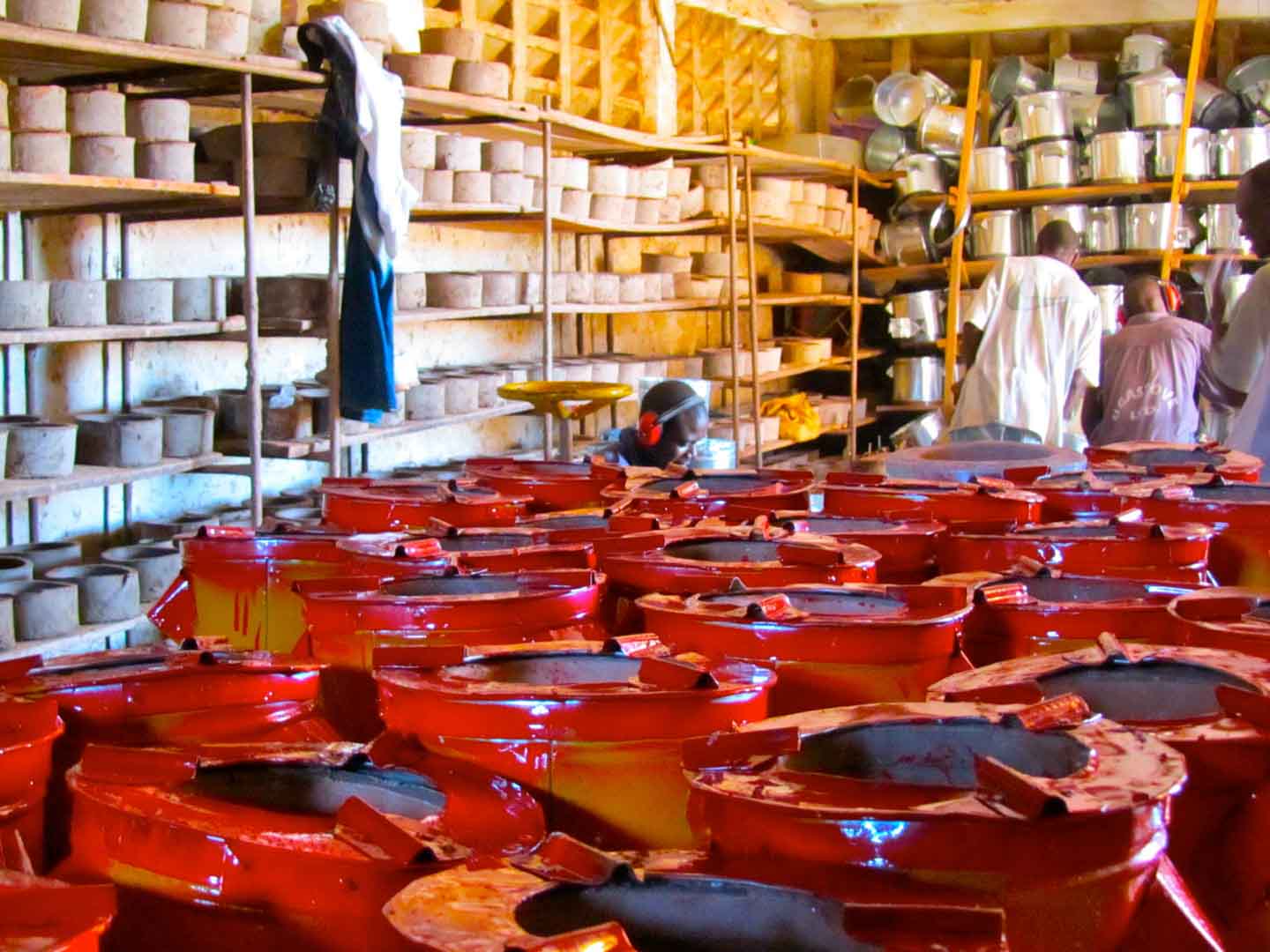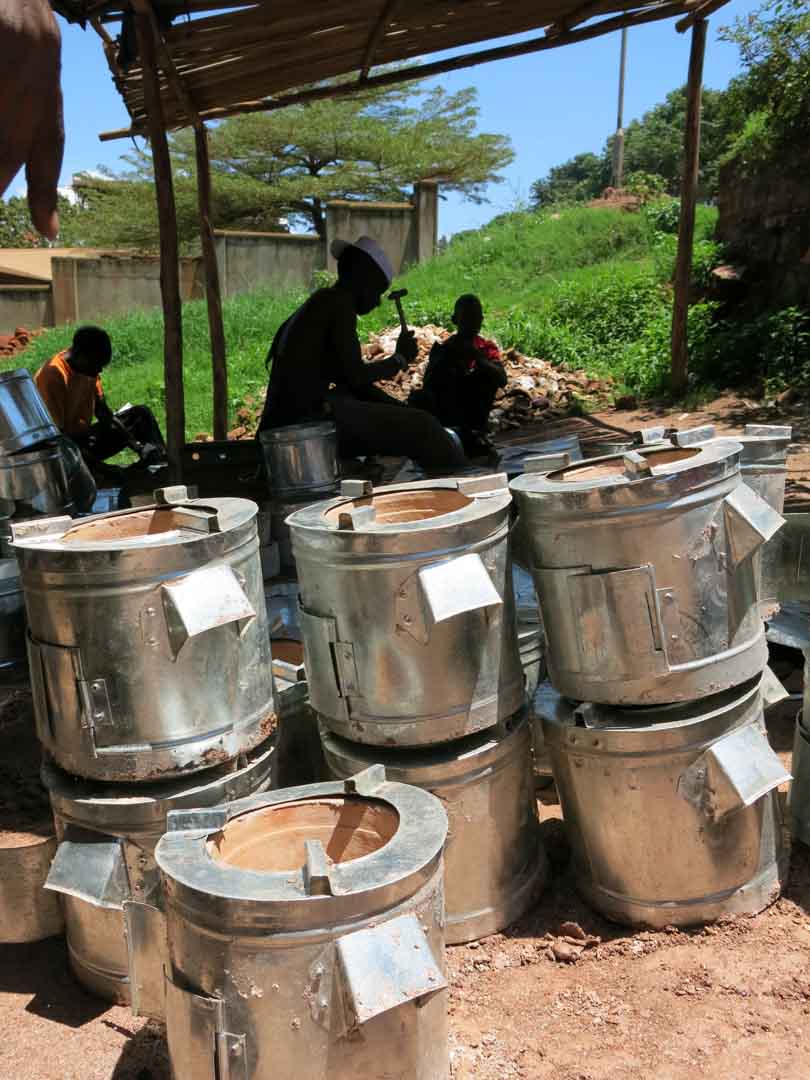Improved cookstoves for better health and less deforestation
One of the main causes of deforestation in Uganda is cooking with traditional cookstoves, which require large amounts of firewood and charcoal. Over 90% of households in Uganda cook with such inefficient cookstoves. As part of the project, households in Uganda will receive new, improved cookstoves to replace inefficient ones. The new cookstoves require less fuel and thus save CO2 emissions. And the families save time and money because the need to collect or buy wood is lower. The improved cookstoves also cause less smoke, which especially benefits the health of women and children who traditionally spend more time at home.
The project started in 2007 and is now in its third crediting period (2021-2028). Crediting periods are the time periods for which the project is eligible to issue verified emission reductions. Crediting periods must be renewed periodically to ensure that the project still meets the criteria of a climate project. (Last updated: August 2023)

According to a statistic from the World Health Organization (WHO, 2024) around a third of the global population still relies on unsafe and environmentally harmful cooking methods. This includes, for example, cooking over open fires or using polluting cooking fuels, such as coal or kerosene. Improved cookstoves tackle this problem by using thermal energy more efficiently.
Depending on the model, an improved cookstove can reduce fuel consumption by up to 70 percent, which significantly saves CO2 emissions and can lower the pressure on local forests as less firewood needs to be harvested.
Improved cookstove projects allow the distribution of the - often simple - devices made from metal or clay to households, small enterprises or community facilities. Especially for households, this has an impact beyond the CO2 reduction: better indoor air quality decreases respiratory diseases and families can save time and money as less fuel is needed. Improved cookstoves projects in the ClimatePartner portfolio are registered with international standards.
Explore our projects
Biochar for Climate Action, Healthy Soils, and Better Harvests

A certified climate project combined with additional commitment

Expansion of renewable energy generation in Asia

Ceramic water filters save CO2 and improve health

Improved cookstoves worldwide – for better health and cleaner air

A certified climate project combined with additional commitment

Powering access to renewable energy in Africa

A certified climate project combined with additional commitment

Restored ecosystems remove carbon

Turning degraded farmlands into healthy ecosystems

Improved cookstoves - better for health and the environment























